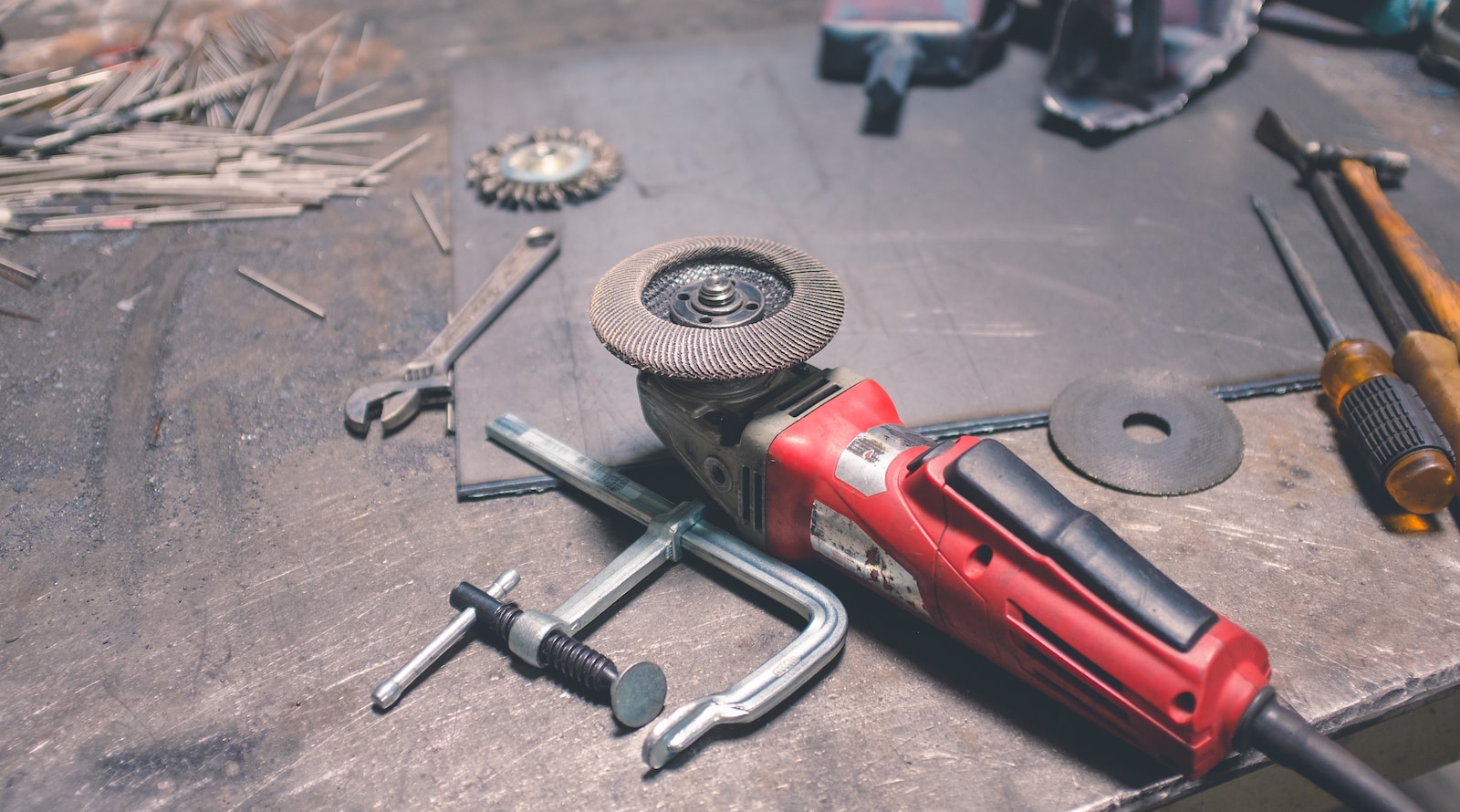Garage cabinets not only create a neat space but also help to protect your valuable tools and equipment. It can be daunting, but with careful planning and attention to detail, you can build custom cabinets that will fit your space perfectly. The right tools, materials, and a bit of skill are all that’s needed to bring your dream garage to life.
In this blog post, we will guide you on building garage cabinets, providing tips and tricks to help you achieve a professional and polished finish. We will cover everything from measuring your space and choosing the right materials to adding storage solutions such as hooks and shelves. Whether you’re a DIY enthusiast or a beginner, this guide will equip you with the knowledge you need to build your garage cabinets.
Building your garage cabinets is an excellent investment to help you create an organized, functional, and visually appealing space. With our step-by-step guide, you’ll be able to confidently tackle this project and build cabinets that will help you maximize your garage space.
Measure the space carefully to ensure accurate sizing of the cabinets
When designing a new kitchen, one of the most important aspects to consider is measuring the available space. Properly measuring your kitchen will ensure that you accurately size your cabinets and optimize the flow and functionality of the space.
Not only will precise measurements help you plan your cabinetry installation more efficiently, but it will also prevent mistakes and save you time and money. Here are a few tips to keep in mind when measuring your kitchen for cabinetry:
1. Start with a Floor Plan: Before jumping in, create a floor plan of your kitchen on paper or using a software application. This will allow you to measure your kitchen space as accurately as possible and ensure you are prepared to take precise measurements.
2. Take Multiple Measurements: Measure the width of the walls from floor to ceiling, noting any obstacles like pipes or windows along the way. Don’t forget the corners, and take several measurements to ensure accuracy and consistency throughout your plan.
3. Account for Appliances: Measure the width and height of any appliances you plan to integrate into your cabinetry. Be sure to include oven or range hood ventilation systems, which will impact the size of the cabinets above them.
4. Consider Ceiling Height: Depending on the age of your home, your ceiling height may vary. If your ceilings are particularly high, you may want to consider taller cabinetry to maximize storage space. On the other hand, if your ceiling height is low, you may need to opt for shorter cabinets or a different design to match your style and budget.
5. Review your Plan: Once you have taken all necessary measurements, review your plan and consider issues such as door clearance and access points. This is also a great time to consult with a cabinet designer or builder to help you practically optimize your design ideas.
Measuring your kitchen space accurately is key to designing a functional and beautiful kitchen. By taking the time to measure your kitchen and cabinets carefully, you’ll be able to avoid costly mistakes and ensure a smooth and successful installation.
Use high-quality materials such as plywood or MDF (medium-density fiberboard)
One of the most important aspects of any DIY project, whether big or small, is the selection of materials. The quality of the materials you use can often make or break the success of your project. While there are many options, plywood and MDF (medium-density fiberboard) are often preferred for their durability, versatility, affordability, and ease of use.
Plywood is a composite material of thin layers or “plies” of wood glued together to form a strong, stable panel. It is available in various types, grades, and thicknesses, making it suitable for various applications. Plywood is often used for flooring, roofing, cabinets, furniture, and boat building, among other things.
Conversely, MDF is a more uniform and consistent material made from wood fibers and resin. It is denser and heavier than plywood, making it less prone to warping, bending, or splitting. MDF can be cut, drilled, painted, or decorated in various ways, making it an ideal choice for shelving, molding, doors, and decorative panels.
If you plan to use plywood or MDF for your next project, here are some key tips to keep in mind:
1. Choose the right grade and thickness for your application. Plywood is typically graded based on its appearance, durability, and structural strength, while MDF is classified by density and surface finish. Consult a professional or knowledgeable salesperson to determine the best option for your needs.
2. Use appropriate tools and techniques. Both plywood and MDF can be cut with a circular saw, jigsaw, or handsaw, but MDF requires more care and precautions due to its dust and toxicity. Sanding MDF requires a dust mask and protective eyewear, and sealing or priming it may be necessary to prevent moisture absorption or swelling.
3. Avoid exposing plywood and MDF to moisture or extreme temperatures, as this can cause swelling, warping, or splitting. Always store and handle them in a dry, flat, and well-ventilated area.
By using high-quality materials such as plywood or MDF, you can ensure that your DIY project will be strong, reliable, and aesthetically pleasing. With proper planning, preparation, and execution, you can unleash your creativity and turn your ideas into reality.
Consider adding shelves, hooks, and other storage options to maximize efficiency
If you are anything like most people, your space could use extra storage. Having a cluttered, disorganized home with nowhere to put your things can be frustrating.
Adding shelves, hooks, and other storage options can maximize efficiency and create a more organized and functional space.
Here are some key factors to consider when implementing these storage solutions:
1. Utilize wall space: One of the easiest ways to create more storage space is by utilizing your walls. Adding shelves can be a great way to store books, decorative items, and other objects. Hooks can also be incredibly useful for hanging items such as coats, hats, and bags.
2. Multipurpose furniture: When searching for furniture, consider finding pieces that also offer storage solutions. For example, a bed with built-in drawers underneath can provide extra space for clothing or linens.
3. Location: Take into consideration where the storage will be located. For instance, adding shelves or extra cabinets can make it easier to access cookware or small appliances in the kitchen. In the entryway, hooks can be used for hanging coats, while shelves provide a space for shoes or bags.
4. Efficiency: The ultimate goal of adding storage solutions is to create a more efficient space. Consider where items are used most frequently and ensure they are stored in a way that makes them easily accessible.
5. Personalization: Don’t hesitate to get creative and personalize your storage solutions. Add decorative elements or incorporate your favorite colors to make the space feel more like yours.
adding shelves, hooks, and other storage solutions can greatly impact the efficiency and organization of any space. Consider the location, efficiency, and personalization of the storage while utilizing wall space and multipurpose furniture to maximize the benefits of these solutions.
Conclusion
Building garage cabinets can be a rewarding task that improves your garage’s storage space and enhances its overall organization.
By following the outlined steps that involve measuring the space, using high-quality materials such as plywood or MDF, and incorporating storage options like shelves and hooks, you can create a customized storage solution that is both functional and aesthetically appealing.
Ultimately, this can improve your and your family’s quality of life by providing more space for hobbies, outdoor gear, and tools, making your garage a more organized and efficient space.

